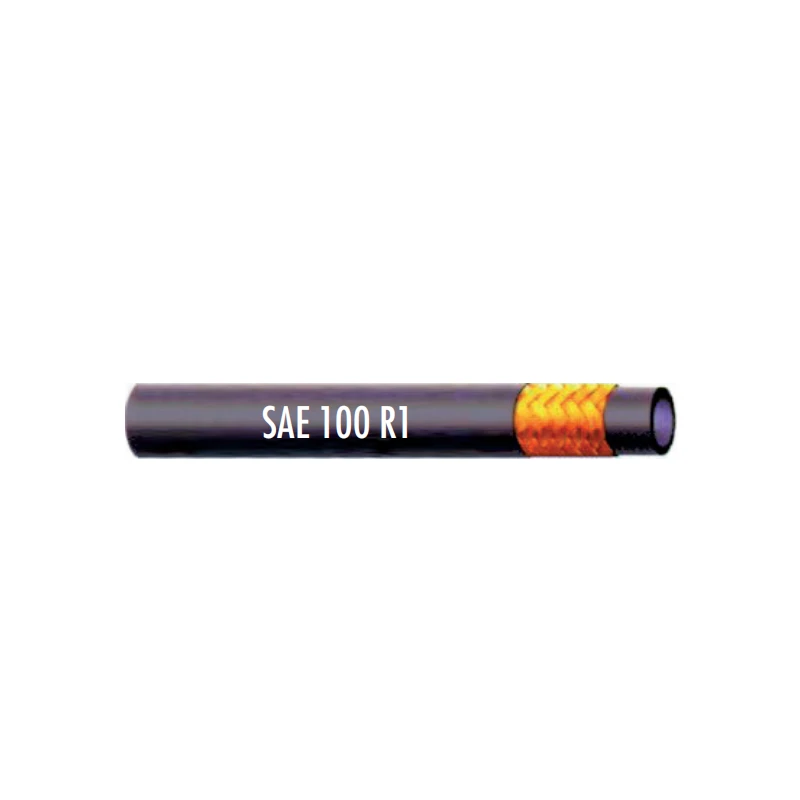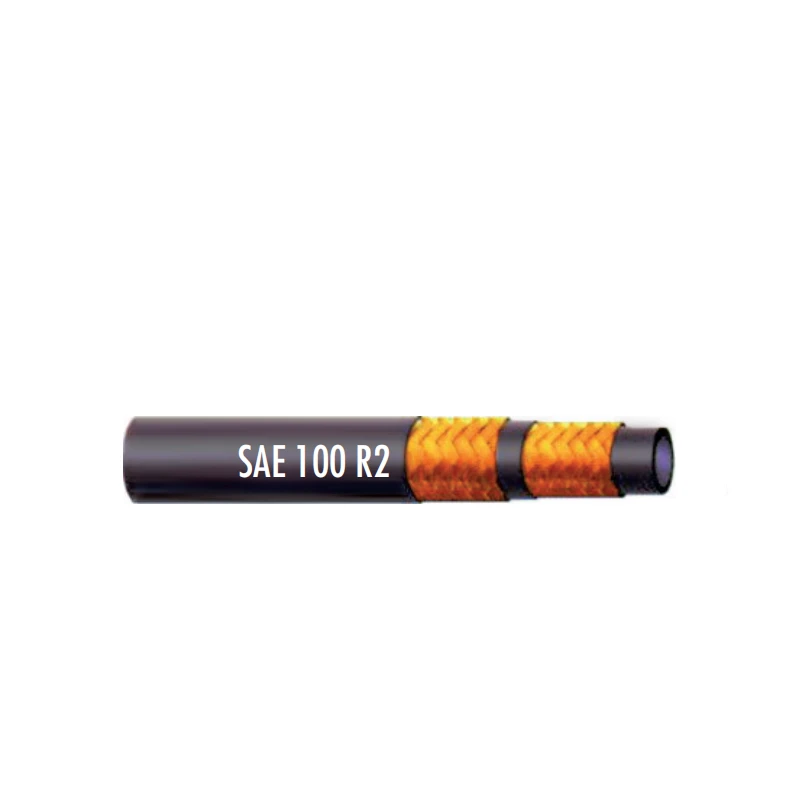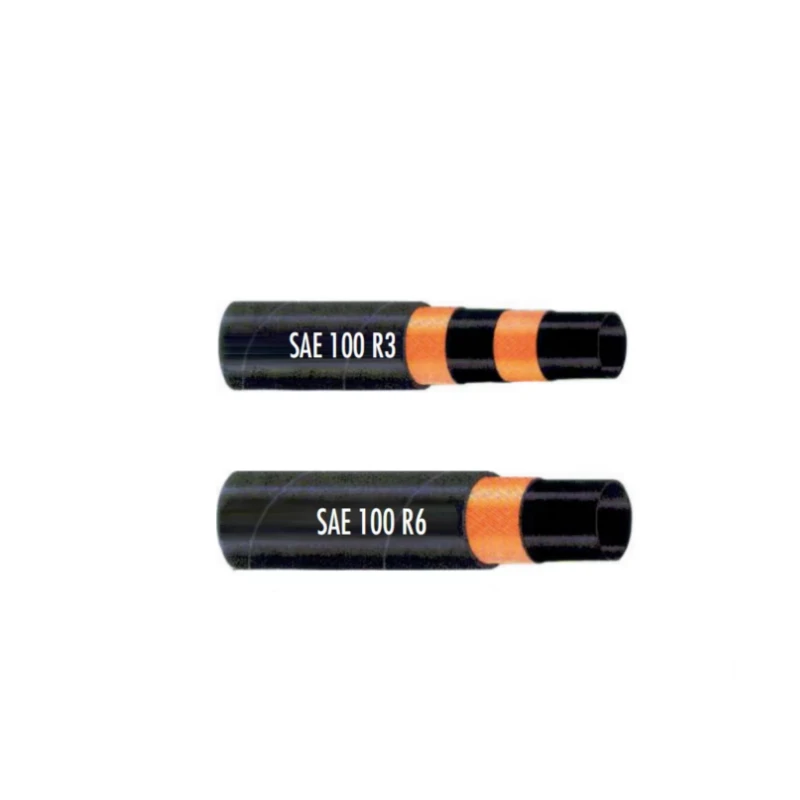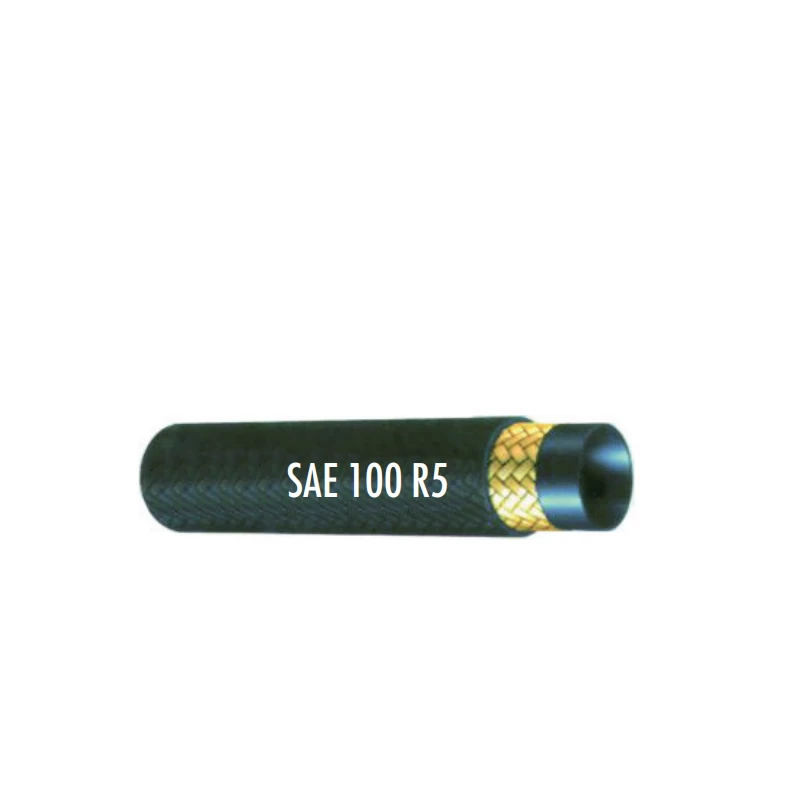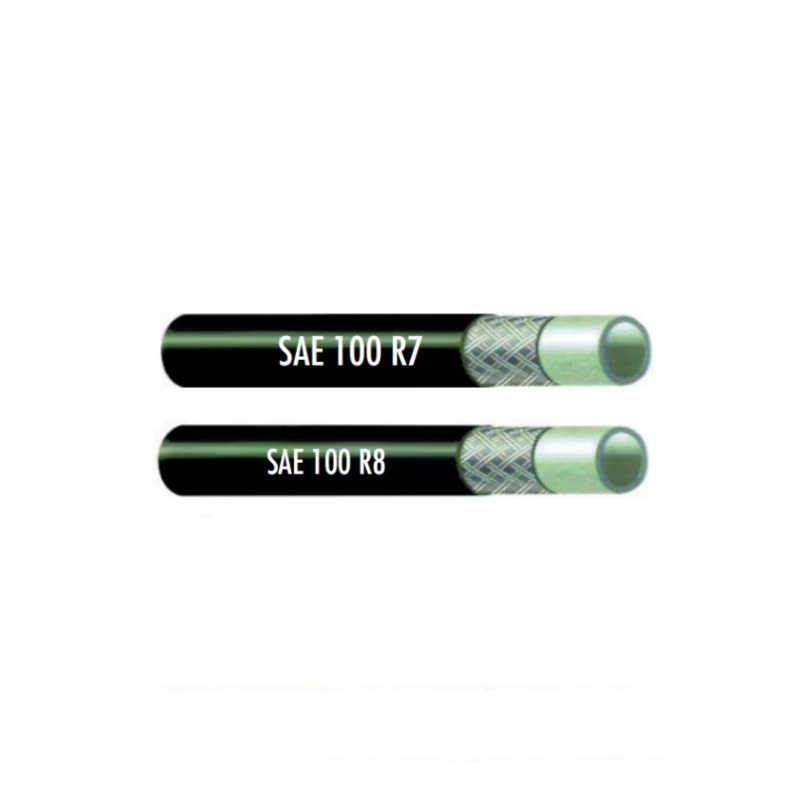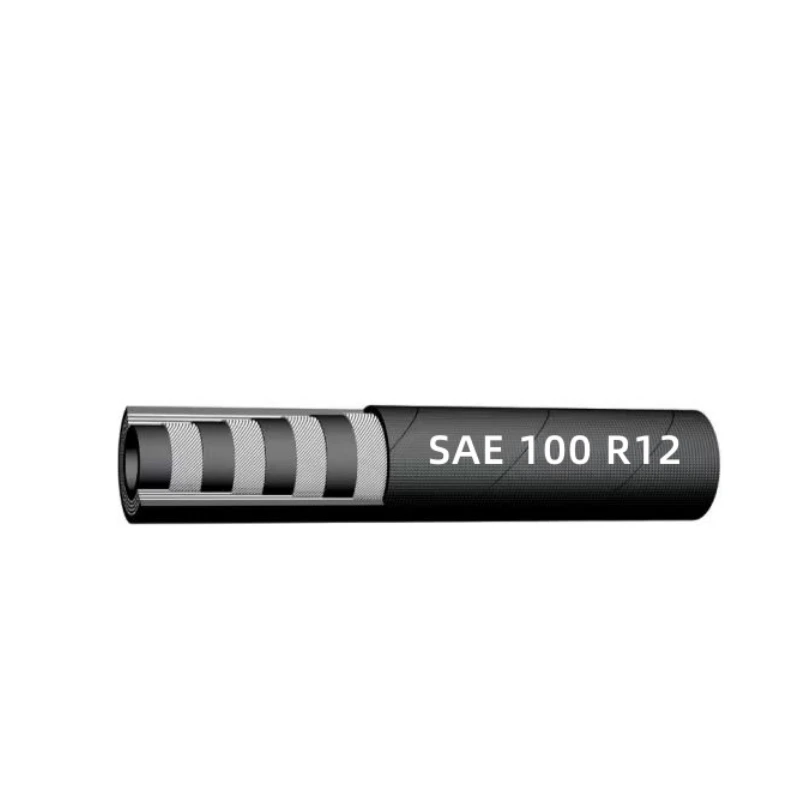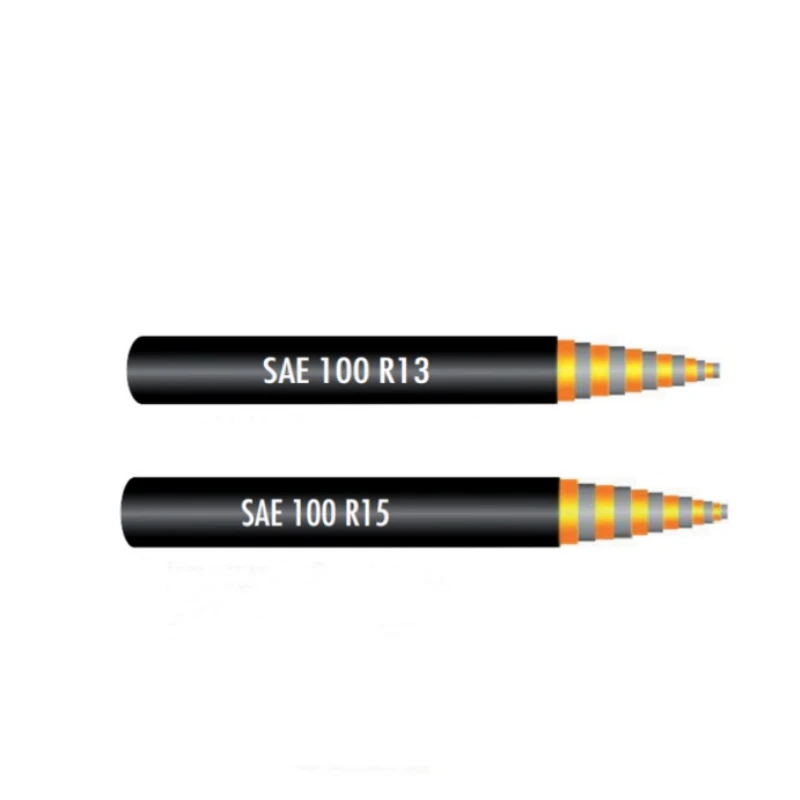
- Afrikaans
- Albanian
- Amharic
- Arabic
- Armenian
- Azerbaijani
- Basque
- Belarusian
- Bengali
- Bosnian
- Bulgarian
- Catalan
- Cebuano
- Corsican
- Croatian
- Czech
- Danish
- Dutch
- English
- Esperanto
- Estonian
- Finnish
- French
- Frisian
- Galician
- Georgian
- German
- Greek
- Gujarati
- haitian_creole
- hausa
- hawaiian
- Hebrew
- Hindi
- Miao
- Hungarian
- Icelandic
- igbo
- Indonesian
- irish
- Italian
- Japanese
- Javanese
- Kannada
- kazakh
- Khmer
- Rwandese
- Korean
- Kurdish
- Kyrgyz
- Lao
- Latin
- Latvian
- Lithuanian
- Luxembourgish
- Macedonian
- Malgashi
- Malay
- Malayalam
- Maltese
- Maori
- Marathi
- Mongolian
- Myanmar
- Nepali
- Norwegian
- Norwegian
- Occitan
- Pashto
- Persian
- Polish
- Portuguese
- Punjabi
- Romanian
- Russian
- Samoan
- scottish-gaelic
- Serbian
- Sesotho
- Shona
- Sindhi
- Sinhala
- Slovak
- Slovenian
- Somali
- Spanish
- Sundanese
- Swahili
- Swedish
- Tagalog
- Tajik
- Tamil
- Tatar
- Telugu
- Thai
- Turkish
- Turkmen
- Ukrainian
- Urdu
- Uighur
- Uzbek
- Vietnamese
- Welsh
- Bantu
- Yiddish
- Yoruba
- Zulu

Aug . 18, 2025 11:28 Back to list
Key Features of Hydraulic Hose
Hydraulic hose is the lifeblood of hydraulic systems, enabling the seamless transfer of pressurized fluids that power a vast array of machinery across industries. Whether it's in construction, manufacturing, or automotive applications, the performance and reliability of hydraulic hose are non - negotiable. These hoses must endure extreme pressures, resist a variety of chemicals, and maintain flexibility under diverse conditions. Understanding the key features of hydraulic hose is crucial for professionals involved in assembling hydraulic hose and for businesses looking to purchase bulk hydraulic hose. This article will explore the essential characteristics that define hydraulic hose and how they impact its functionality and usability.
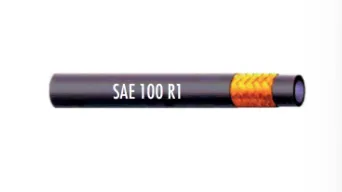
Pressure - Bearing Capacity of Hydraulic Hose
The pressure - bearing capacity of hydraulic hose is perhaps its most critical feature. Hydraulic systems operate under high pressures, sometimes reaching thousands of pounds per square inch (PSI). Hydraulic hose must be engineered to withstand these intense forces without succumbing to leaks or catastrophic failures. Each hydraulic hose comes with a specified maximum working pressure (MWP), which indicates the highest pressure the hose can handle continuously during normal operation.
When assembling hydraulic hose, it's imperative to match the hose's MWP to the requirements of the hydraulic system. Using a hose with an insufficient MWP can lead to sudden bursts, which not only disrupt operations but also pose significant safety risks. On the other hand, when purchasing bulk hydraulic hose, over - specifying the pressure - bearing capacity can drive up costs without adding commensurate value. Therefore, accurate assessment and selection based on pressure requirements are key to successful hydraulic system assembly and cost - effective bulk procurement.
Material Composition and Longevity of Hydraulic Hose
The material composition of hydraulic hose plays a pivotal role in determining its durability and lifespan. Most hydraulic hoses are constructed with multiple layers. The inner tube, which comes into direct contact with the hydraulic fluid, is typically made of synthetic rubber or thermoplastic elastomers. These materials are chosen for their excellent resistance to the specific hydraulic fluids they will carry, as well as their low permeability to prevent leakage.
The reinforcement layers, usually made of braided or spiral - wound steel wire or high - strength synthetic fibers, provide the necessary tensile strength to withstand high pressures. Finally, the outer cover protects the inner components from abrasion, chemicals, and environmental elements. For businesses buying bulk hydraulic hose, the quality of these materials is a major consideration, as it directly impacts the total cost of ownership. A high - quality hydraulic hose reduces the frequency of replacements, minimizing the time and resources spent on assembling hydraulic hose repeatedly.
Temperature and Chemical Resistance in Assembling Hydraulic Hose
Hydraulic hose must be able to perform reliably across a wide range of temperatures. In high - temperature environments, such as automotive engines or industrial furnaces, hoses need to maintain their structural integrity and pressure - holding capabilities without degrading or cracking. Conversely, in cold - storage facilities or arctic regions, hydraulic hose should remain flexible to avoid brittleness and failure. Specialized materials are used to ensure that hydraulic hose can adapt to these extreme temperature conditions.
Chemical resistance is equally important. Hydraulic hose may come into contact with various hydraulic fluids, lubricants, and environmental chemicals. Hoses with poor chemical resistance can swell, degrade, or lose their strength over time. When assembling hydraulic hose, it's essential to select a hose that is compatible with the fluids in the system. For large - scale purchases of bulk hydraulic hose, understanding the chemical exposure requirements of the intended applications is crucial to ensure the hoses' long - term performance and reliability.
Flexibility and Bend Radius Specifications of Hydraulic Hose
Flexibility is a key feature that affects the installation and operation of hydraulic hose. A flexible hydraulic hose allows for easy routing within complex hydraulic systems, enabling it to navigate tight spaces without kinking or restricting fluid flow. The minimum bend radius is a critical specification for hydraulic hose, indicating the smallest radius around which the hose can be bent without causing damage.
During the process of assembling hydraulic hose, adhering to the recommended minimum bend radius is essential. Failure to do so can lead to increased pressure drop, reduced flow capacity, and premature hose failure. When purchasing bulk hydraulic hose, businesses must consider the flexibility and bend - radius requirements of their specific applications. Selecting hoses with appropriate flexibility ensures efficient installation and optimal performance in diverse operating environments.
About Key Features of Hydraulic Hose FAQS
How does the pressure - bearing capacity of hydraulic hose influence the process of assembling hydraulic hose?
The pressure - bearing capacity of hydraulic hose is a determining factor in assembling hydraulic hose. If the chosen hose has a maximum working pressure (MWP) lower than the operating pressure of the hydraulic system, it risks bursting under pressure, leading to system failure and potential safety hazards. On the other hand, using a hose with an excessively high MWP might be more expensive and unnecessary. Therefore, accurately matching the hose's pressure - bearing capacity to the system's requirements is vital for a safe, efficient, and cost - effective assembly process.
What factors should be considered when choosing bulk hydraulic hose based on material composition?
When choosing bulk hydraulic hose based on material composition, several factors come into play. First, the inner tube material must be compatible with the hydraulic fluid to prevent chemical reactions and leakage. For example, nitrile rubber is suitable for petroleum - based fluids. Second, the reinforcement material should provide adequate strength to withstand the system's pressure. Steel wire or high - strength synthetic fibers are common choices. Finally, the outer cover material should offer protection against abrasion, chemicals, and environmental factors. Considering these aspects ensures that the bulk hydraulic hose purchased will be durable and reliable in the intended applications.
How does temperature resistance impact the performance of hydraulic hose?
Temperature resistance significantly impacts the performance of hydraulic hose. In high - temperature environments, a hose with poor heat resistance may experience degradation, such as hardening, cracking, or loss of elasticity, which can lead to leaks and failure. In cold - temperature conditions, a hose that lacks sufficient cold - resistance can become brittle and prone to cracking when bent or under pressure. By selecting hydraulic hose with appropriate temperature - resistance properties, users can ensure consistent performance and extend the lifespan of the hose in various operating temperatures.
Why is flexibility an important feature when assembling hydraulic hose?
Flexibility is crucial when assembling hydraulic hose because it allows for easy installation and routing within hydraulic systems. A flexible hydraulic hose can navigate around obstacles and tight spaces without kinking, which could restrict fluid flow and cause pressure buildup. The minimum bend radius specification of the hose must also be respected during assembly. If the hose is bent beyond its recommended limit, it can suffer internal damage, reducing its performance and lifespan. Thus, choosing a hose with suitable flexibility ensures a smooth assembly process and optimal system operation.
What role does chemical resistance play in the selection of bulk hydraulic hose?
Chemical resistance is a key consideration when selecting bulk hydraulic hose. Hydraulic hoses may be exposed to various chemicals, including hydraulic fluids, lubricants, and environmental contaminants. A hose that lacks adequate chemical resistance can swell, degrade, or lose its structural integrity when in contact with these substances. This can lead to leaks, reduced performance, and premature failure. By choosing bulk hydraulic hose with appropriate chemical - resistant properties, businesses can ensure the longevity and reliability of their hydraulic systems, minimizing downtime and replacement costs.
Latest News
Steel Wire Reinforced Hydraulic Hose SAE 100 R1 / EN853 1SN S
NewsOct.17,2024
Two Layers Steel Wire Reinforced Hydraulic Hose SAE 100 R2 / EN853 2SN
NewsSep.03,2024
Textile Braid Reinforced Hydraulic Hose SAE100 R3+R6
NewsSep.03,2024
Textile Reinforced Hydraulic oil Suction Hose with embedded Steel Wire SAE 100 R4
NewsSep.03,2024
Single Wire Braid and Textile Covered Hydraulic Hose SAE 100 R5
NewsSep.03,2024
High Pressure Thermoplastic Hydraulic Hose SAE 100 R7 / EN855 R7 - SAE 100 R8 / EN855 R8
NewsSep.03,2024
Heavy Duty Four-layer Steel Wire Spiral Reinforced Hydraulic Hose SAE100R9+R10+R12
NewsSep.03,2024
Heavy Duty Multi-layer Steel Wire Reinforced Hydraulic Hose SAE100R13 SAE100R15
NewsSep.03,2024
Latest Products
